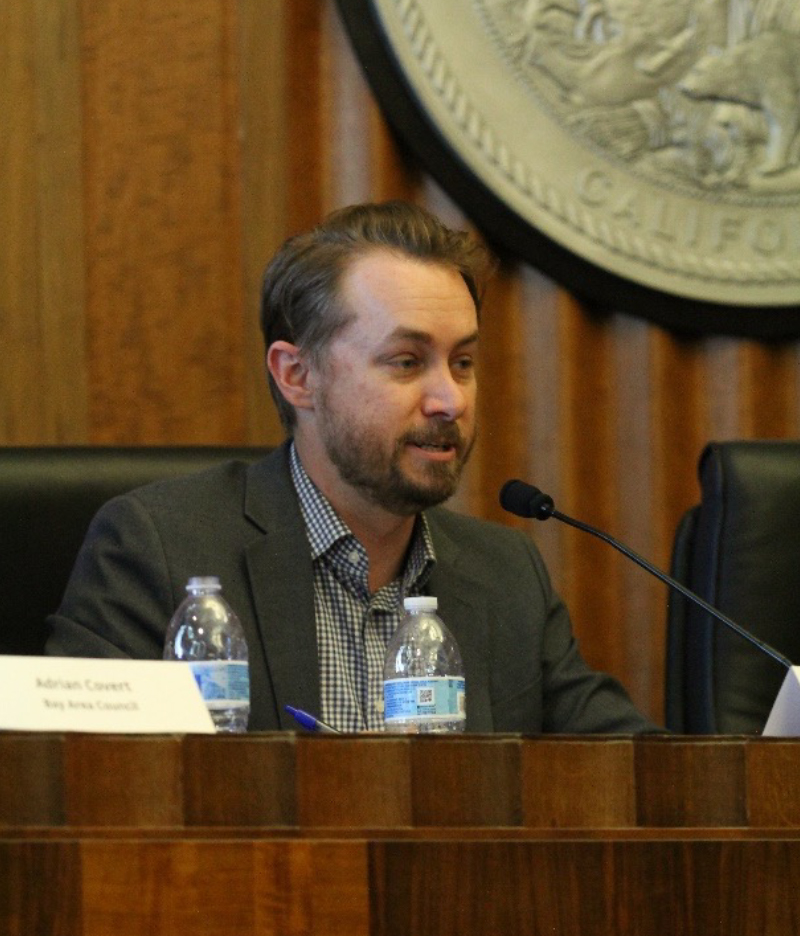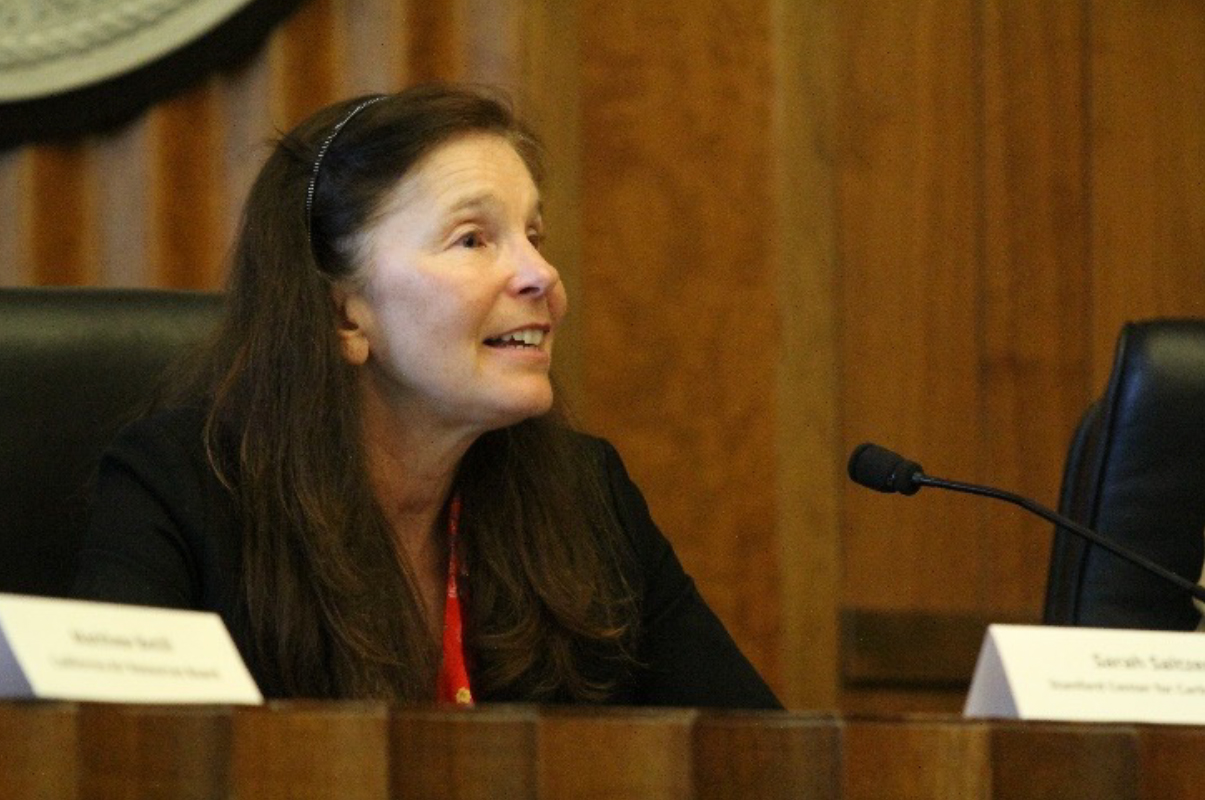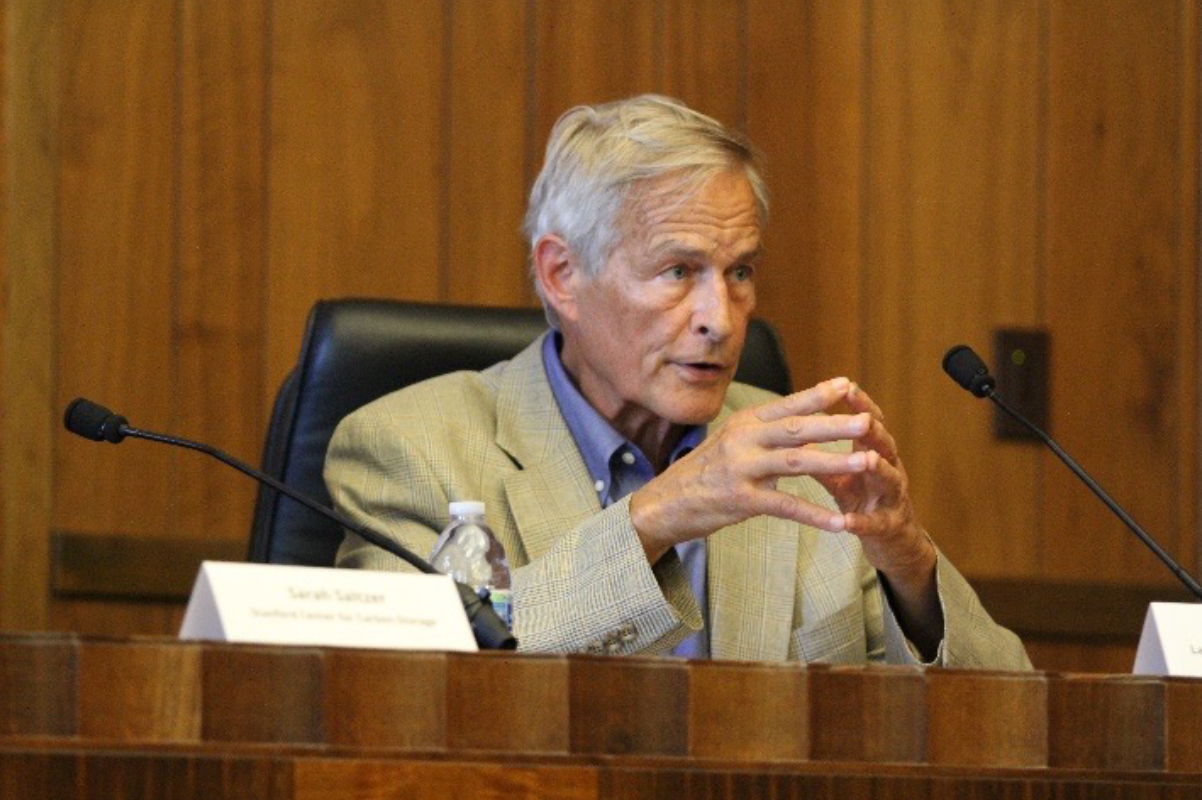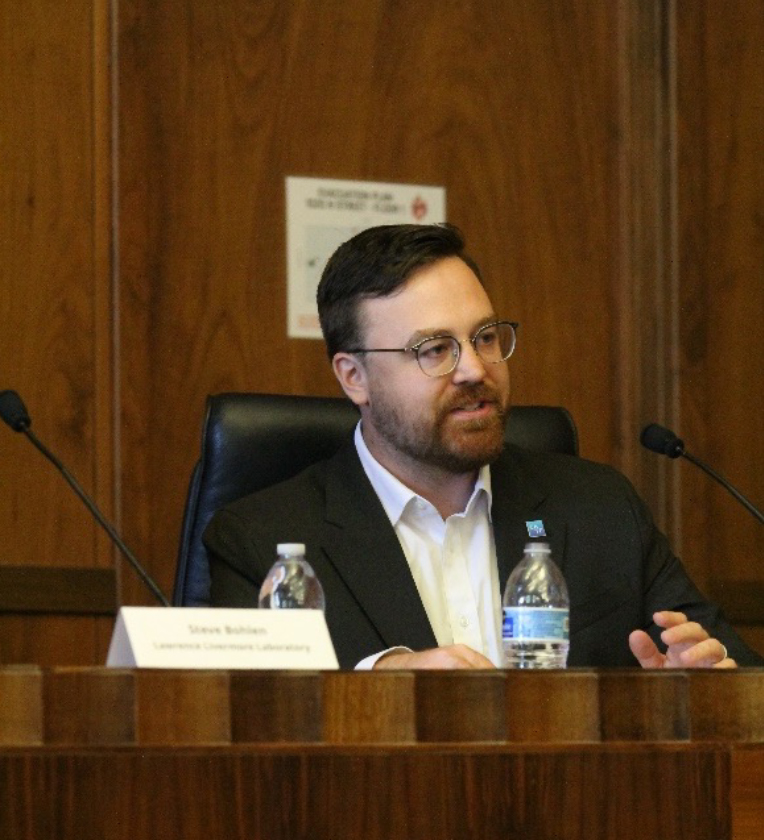
As California looks ahead to ambitious 2045 carbon neutrality goals, it is no longer realistic to believe that the state can meet them without innovative bridge technologies like carbon capture and storage (CCS).
In a letter to the Chair of the California Air Resources Board (CARB), Governor Gavin Newsom concurred with the Intergovernmental Panel on Climate Change that “there is no path to carbon neutrality without carbon capture and sequestration.”
CCS may be a newer technology here in California, but it has a long track record of successful projects in other states and worldwide.
California Carbon Partnership
Recognizing this critical juncture in California’s climate journey, CalChamber formed the California Carbon Partnership, a diverse coalition dedicated to advocating and educating for the immediate and swift deployment of CCS.
On May 15, CalCarbon Partnership and the Bay Area Council co-sponsored a policy briefing featuring leading experts who discussed CCS technology and its role in helping California meet its climate goals. The panelists were:
• Matthew Botill, California Air Resources Board;
• Steve Bohlen, Lawrence Livermore National Laboratory;
• Dr. Sarah Saltzer, Stanford Center for Carbon Storage; and
• Ben Grove, Clean Air Task Force.
Later that evening, the CalChamber hosted a roundtable dinner discussion with the panelists, lawmakers from the Senate and Assembly, and representatives from member companies.




An Essential Tool
Globally, the U.S. Environmental Protection Agency, the European Commission, and the United Nations recognize CCS as a viable technology for reducing greenhouse gas (GHG) emissions. The California Air Resources Board’s Scoping Plan, A Roadmap to Achieving Carbon Neutrality by 2045, recognizes CCS as “an essential tool” to reducing GHG and meeting the state’s climate goals.
Botill, who represented CARB on the panel, spoke to how CCS can complement other low-carbon technologies and renewable energy resources to reduce carbon emissions for local communities.
“We need CCS and we need carbon dioxide removal in California to get to carbon neutrality,” Botill said. “It’s now just a matter of: can we do it quick enough to get to carbon neutrality?”
He continued, “I view this technology as a huge opportunity for California to show once again how we can be a leader on climate mitigation approaches.”
Proven Track Record
CCS is a safe, proven technology that is primed for adoption in California. “CCS is not a new technology; this is a proven technology,” Saltzer emphasized. “We’ve been doing CCS projects since the 1970s,” she said.
More than 200 CCS projects are in operation or development around the world, including The Illinois Clean Fuels Project in the United States and the Gorgon Project in Australia.
“We know how to do the capture, we know how to transport, we know how to store it,” Saltzer said. “It’s clearly something that we need to do in California. It’s an integral part of the scoping plan. We need to do a lot of it by 2030 and a whole lot more of it by 2045.”
Economic and Environmental Benefits
“CCS projects need to concurrently serve the needs of three main groups,” said Grove when speaking to the co-benefits of projects. “They need to reduce emissions. They need to serve the climate. They also need to make economic sense for project developers.”
Grove continued, “There is potential for these projects to have two benefits: In addition to reducing emissions, they conserve the needs of local communities if done right, and also have some local air quality benefits.”
He added, “The economic, social, and environmental needs of landowners and local host communities also need to be served by this technology for these projects to be successful.”
Primed and Ready To Go
“California is fortunate to have excellent geology for geologic sequestration of CO2,” said Bohlen. “In fact, from the Colorado Front Range Rockies, West California has by far the lion’s share of storage capacity to safely and deeply store CO2.”
California is facing the reality that CCS projects are ready to go, but without the state’s support, they risk missing out on federal and private investment dollars available now. “There are just enormous opportunities for the workforce, for rethinking how we do business,” said Bohlen.
California has multiple CCS projects in various stages of development, including the Carbon TerraVault and CarbonFrontier projects in Kern County.
State and federal policymakers must work together to progress toward California’s 2045 climate goals. Well-designed regulatory frameworks and policies that enable the competitive development of CCS will enhance California’s capacity to implement CCS technologies quickly and efficiently.
Learn more about the CalCarbon Partnership by visiting calcarbonpartnership.com.

